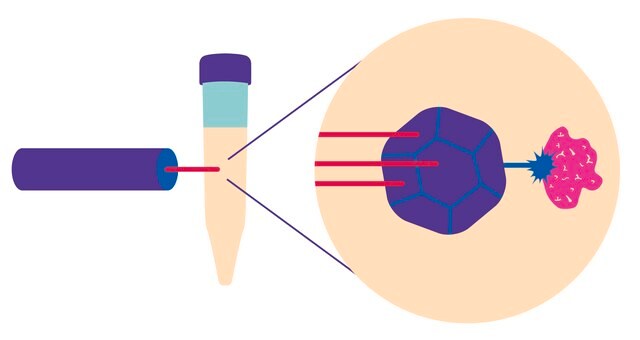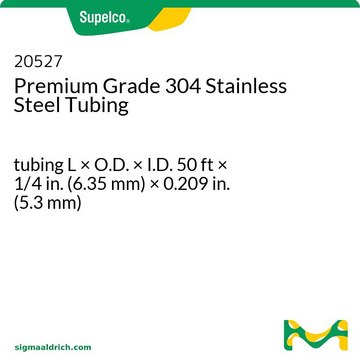05-3710
2-Chlorophenol
SAJ first grade, ≥99.0%
About This Item
Prodotti consigliati
Grado
SAJ first grade
Saggio
≥99.0%
Disponibilità
available only in Japan
Indice di rifrazione
n20/D 1.558 (lit.)
P. ebollizione
175-176 °C (lit.)
Punto di fusione
8 °C (lit.)
Densità
1.241 g/mL at 25 °C (lit.)
Stringa SMILE
Oc1ccccc1Cl
InChI
1S/C6H5ClO/c7-5-3-1-2-4-6(5)8/h1-4,8H
ISPYQTSUDJAMAB-UHFFFAOYSA-N
Cerchi prodotti simili? Visita Guida al confronto tra prodotti
Avvertenze
Danger
Indicazioni di pericolo
Classi di pericolo
Acute Tox. 4 Dermal - Acute Tox. 4 Inhalation - Acute Tox. 4 Oral - Aquatic Chronic 2 - Eye Dam. 1 - Skin Corr. 1B
Codice della classe di stoccaggio
6.1C - Combustible acute toxic Cat.3 / toxic compounds or compounds which causing chronic effects
Classe di pericolosità dell'acqua (WGK)
WGK 2
Punto d’infiammabilità (°F)
147.2 °F - closed cup
Punto d’infiammabilità (°C)
64.0 °C - closed cup
Dispositivi di protezione individuale
Eyeshields, Faceshields, Gloves, type ABEK (EN14387) respirator filter
Scegli una delle versioni più recenti:
Possiedi già questo prodotto?
I documenti relativi ai prodotti acquistati recentemente sono disponibili nell’Archivio dei documenti.
Il team dei nostri ricercatori vanta grande esperienza in tutte le aree della ricerca quali Life Science, scienza dei materiali, sintesi chimica, cromatografia, discipline analitiche, ecc..
Contatta l'Assistenza Tecnica.![ALLYL[TRIS(DIMETHYLAMINO)]PHOSPHONIUM BROMIDE AldrichCPR](/deepweb/assets/sigmaaldrich/product/structures/131/054/d25d022f-0999-415b-b1dc-bcb2bdade97d/640/d25d022f-0999-415b-b1dc-bcb2bdade97d.png)











